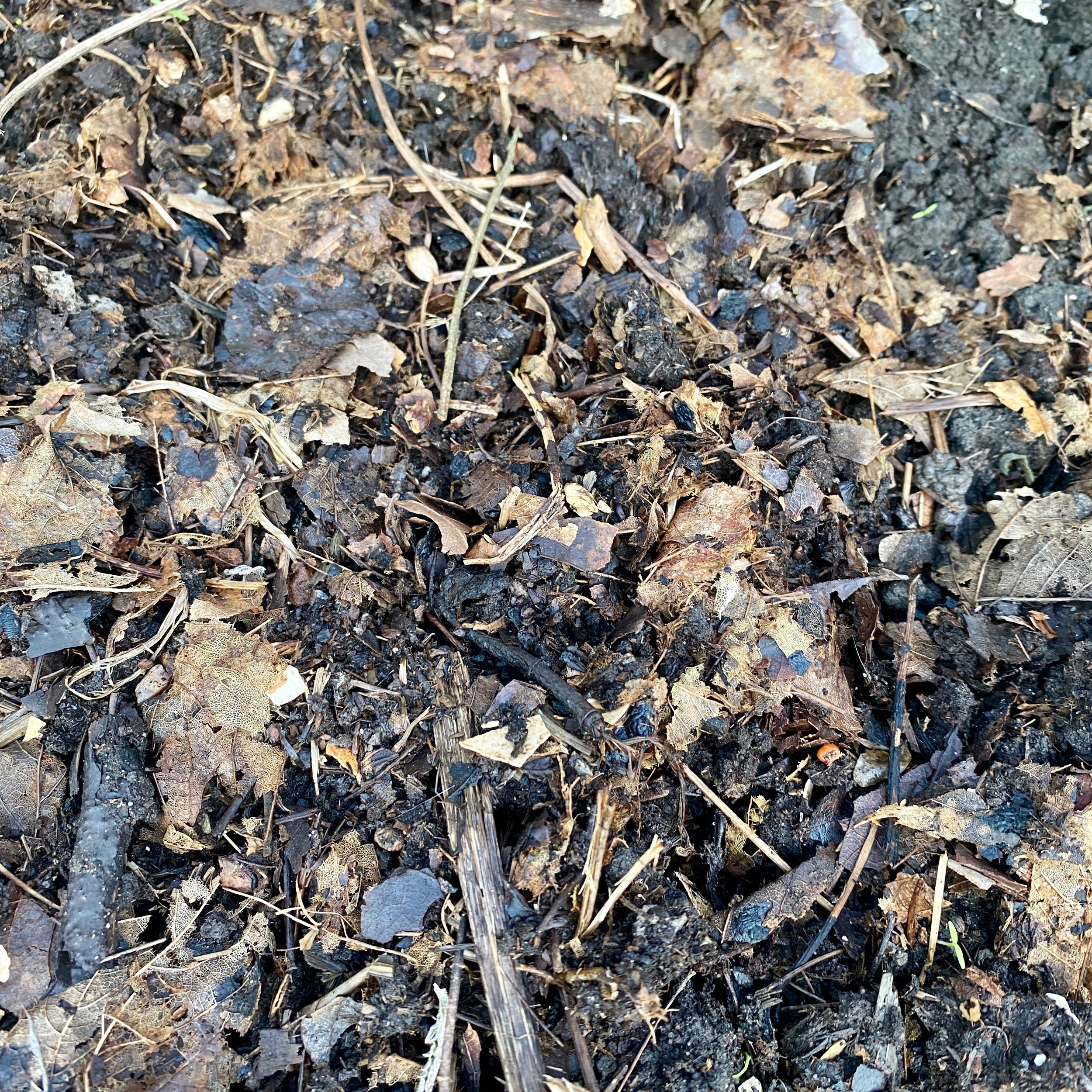Leave the autumn leaves
Autumn leaves may seem like nothing more than a nuisance, but in reality, they play a vital role in the ecosystem of your garden. Far from being a mess, leaves provide essential shelter for a variety of insects and small creatures during the winter months. Rather than raking leaves out of the borders, leave them in place as a natural overwintering habitat. Nature thrives in the nooks and crannies created by leaf litter and plant material that collects on top of the soil. Not only do leaves help keep frost off vulnerable plant roots, but they also act as a protective layer for plants, much like a cosy duvet.
Furthermore, the leaves that fall to the ground serve as a natural fertiliser for your soil. Microbial life in the soil breaks down the leaves, adding valuable organic matter that improves aeration and moisture retention. If you find that you have a surplus of leaves that haven't decomposed by spring, you can gently rake them off and add them to your compost bin or make leaf mould. Just be sure to wait until the soil has warmed up and plants have begun to grow before raking, as this gives time for any hibernating creatures to move on.
Of course, there are a few exceptions to this rule. Heavy leaf fall on lawns can kill the turf, and around low-growing bulbs such as crocus, cyclamen, and winter aconite, a thick layer of leaves will prevent them from pushing through. But overall, autumn leaves should be appreciated for the vital role they play in the health and well-being of your garden.
Autumn leaves left on soil to act as a blanket for the soil and shelter for wildlife.

